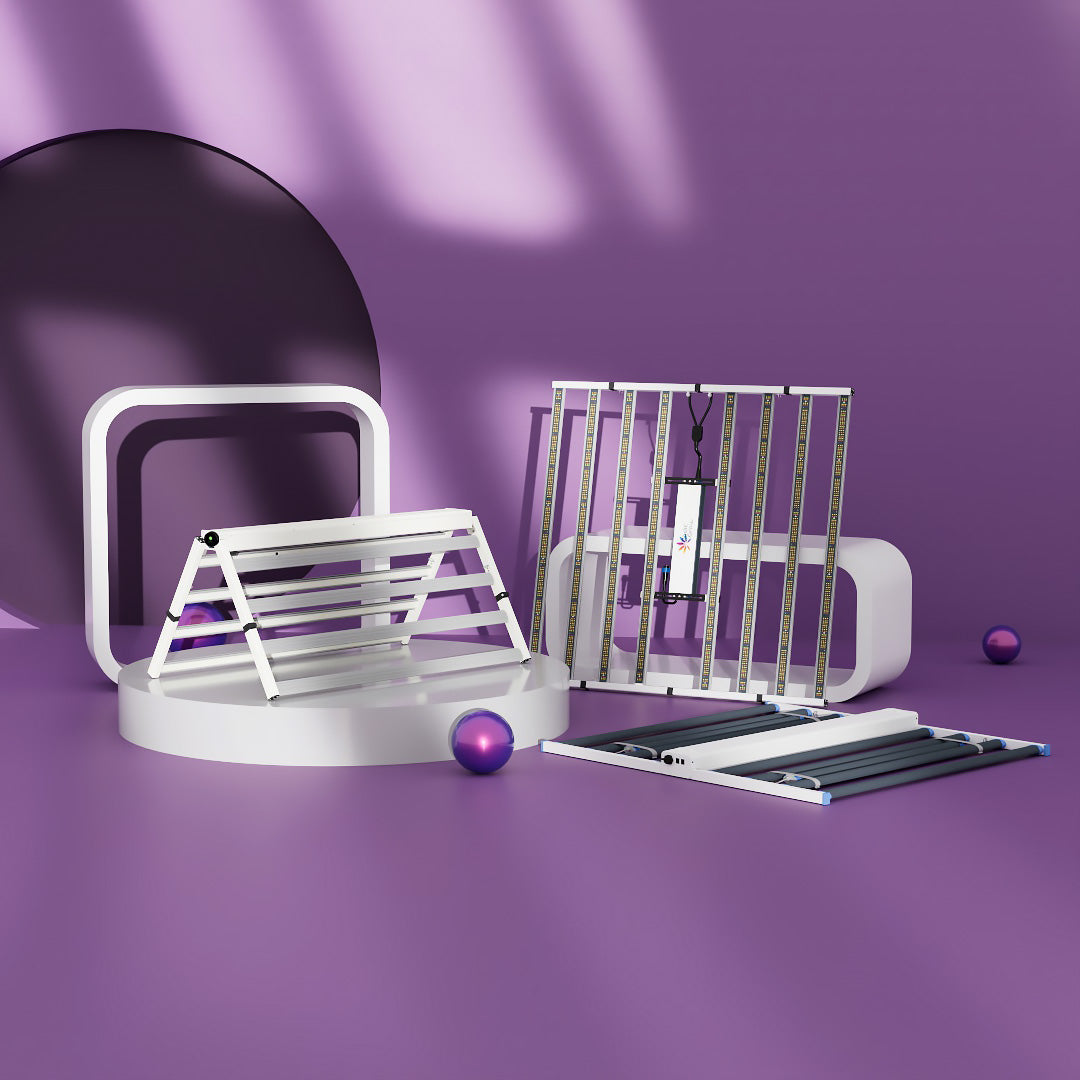GIẢM GIÁ 9% cho người đăng ký mới

Đèn trồng cây LED thương mại Medic Grow Fold-8 Full-Spectrum 760w được chứng nhận ETL & DLC cho 4X4/5X5
$369.99

Đèn trồng cây LED Medic Grow MINI SUN-2 có thể điều chỉnh độ sáng toàn phổ 150W-500W cho 2X2/3X3
$179.00

Đèn trồng cây LED toàn phổ 1000 Watt có thể điều chỉnh độ sáng thông minh Medic Grow Ez-8 cho diện tích trồng cây 5X5
$449.99
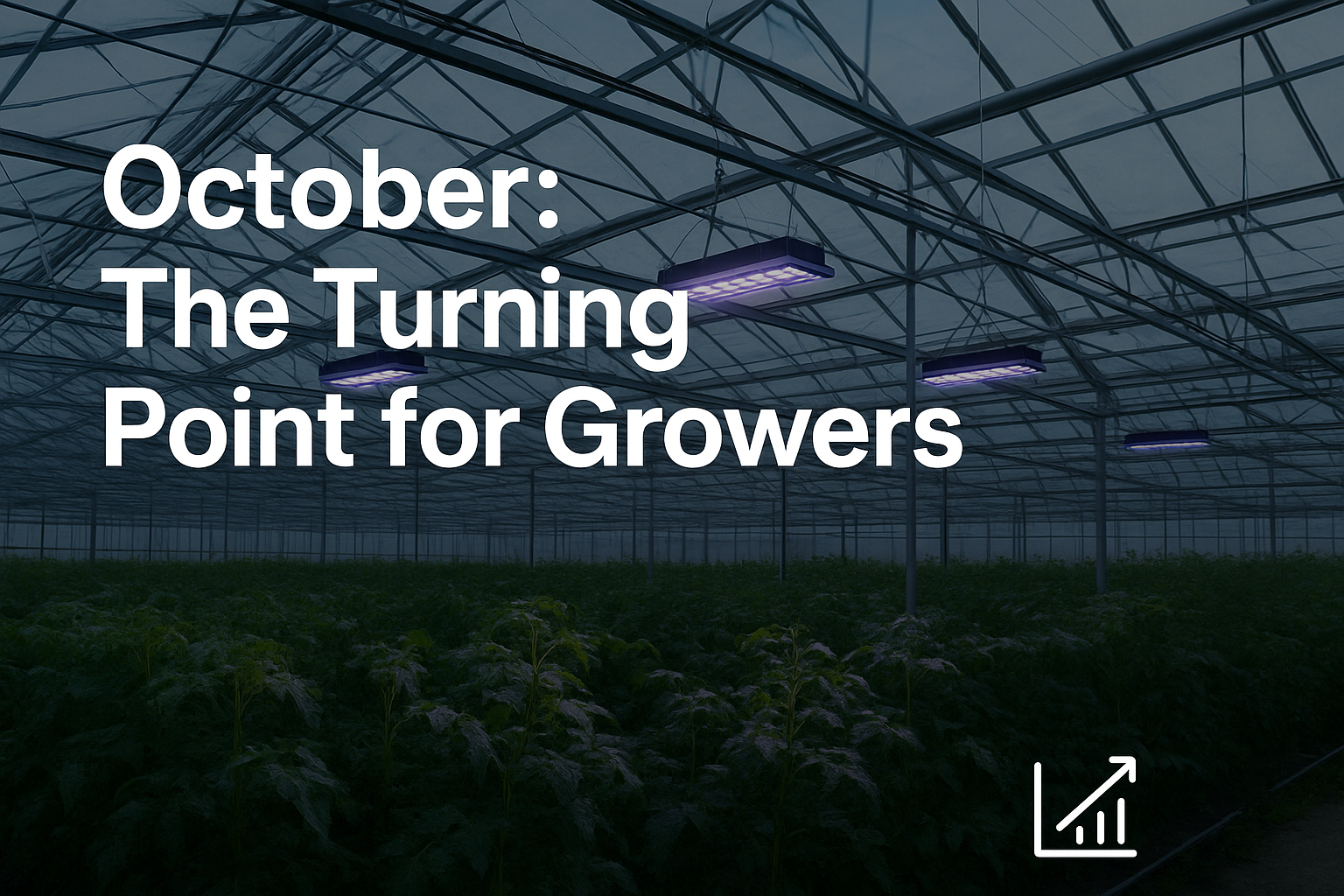
“Why October Is the Turning Point for Indoor Growers”
“Why October Is the Turning Point for Indoor Growers”
October marks the true beginning of the high season for indoor and greenhouse cultivation. As daylight hours drop rapidly across the Northern Hemisphere, plants receive up to 30–40% less natural light compared to midsummer — which directly impacts growth rates, flowering, and yield.

For professional growers, this month isn’t just about maintaining production — it’s about maximizing control. Supplemental lighting becomes essential to keep photosynthesis steady and ensure consistent results despite shorter days.
At Medic, we’ve been tracking the shift in lighting demand since August. Growers from Canada to Germany are reporting that light intensity inside greenhouses has dropped below 200 μmol/m²/s on cloudy days, far below the ideal range for productive crops like tomatoes, herbs, and ornamentals.
💡 Here’s what this means for your grow:
-
Consistent DLI (Daily Light Integral) – Even when natural sunlight fades, Medic’s high-efficiency LEDs maintain optimal DLI for vegetative and flowering phases.
-
Energy Optimization – Our adaptive dimming systems automatically adjust output based on real-time light sensors, cutting unnecessary energy waste.
-
Crop Quality & Uniformity – Uniform light distribution ensures balanced canopy development, preventing weak growth in shaded zones.
-
ROI Advantage – Compared with legacy HPS fixtures, Medic’s LEDs reduce energy costs by up to 45% while increasing yields by 10–15% in controlled trials.
As we enter Q4, this is the time to evaluate your lighting strategy. Medic’s smart lighting systems don’t just provide photons — they provide predictability.
🔗 Tip for growers: Track your light levels weekly. If your natural PPFD drops below 200, it’s time to turn on supplemental lighting full-time.
Sản phẩm nổi bật


Đèn trồng cây LED thương mại Medic Grow Fold-8 Full-Spectrum 760w được chứng nhận ETL & DLC cho 4X4/5X5
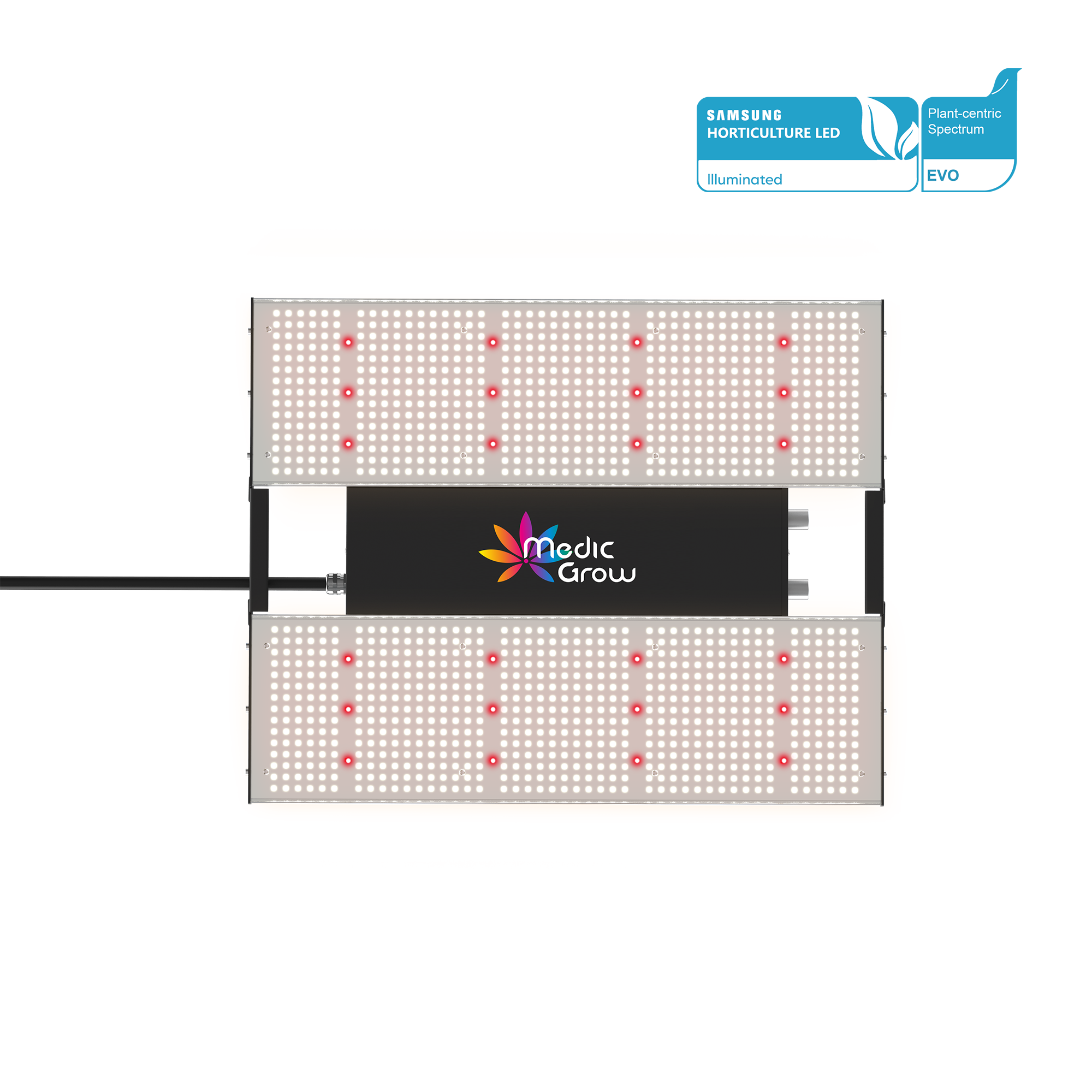
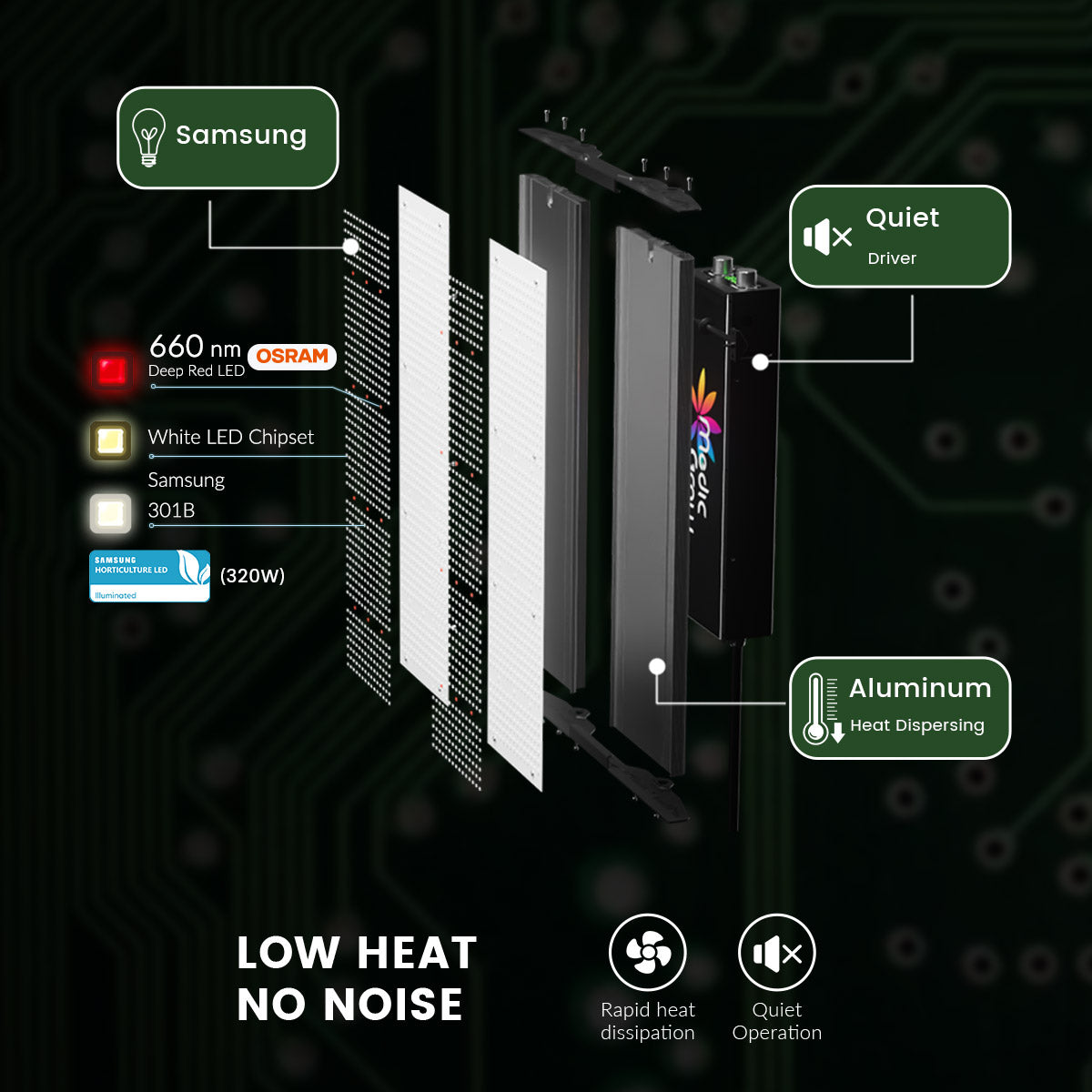
Đèn trồng cây LED Medic Grow MINI SUN-2 có thể điều chỉnh độ sáng toàn phổ 150W-500W cho 2X2/3X3


Đèn trồng cây LED toàn phổ 1000 Watt có thể điều chỉnh độ sáng thông minh Medic Grow Ez-8 cho diện tích trồng cây 5X5
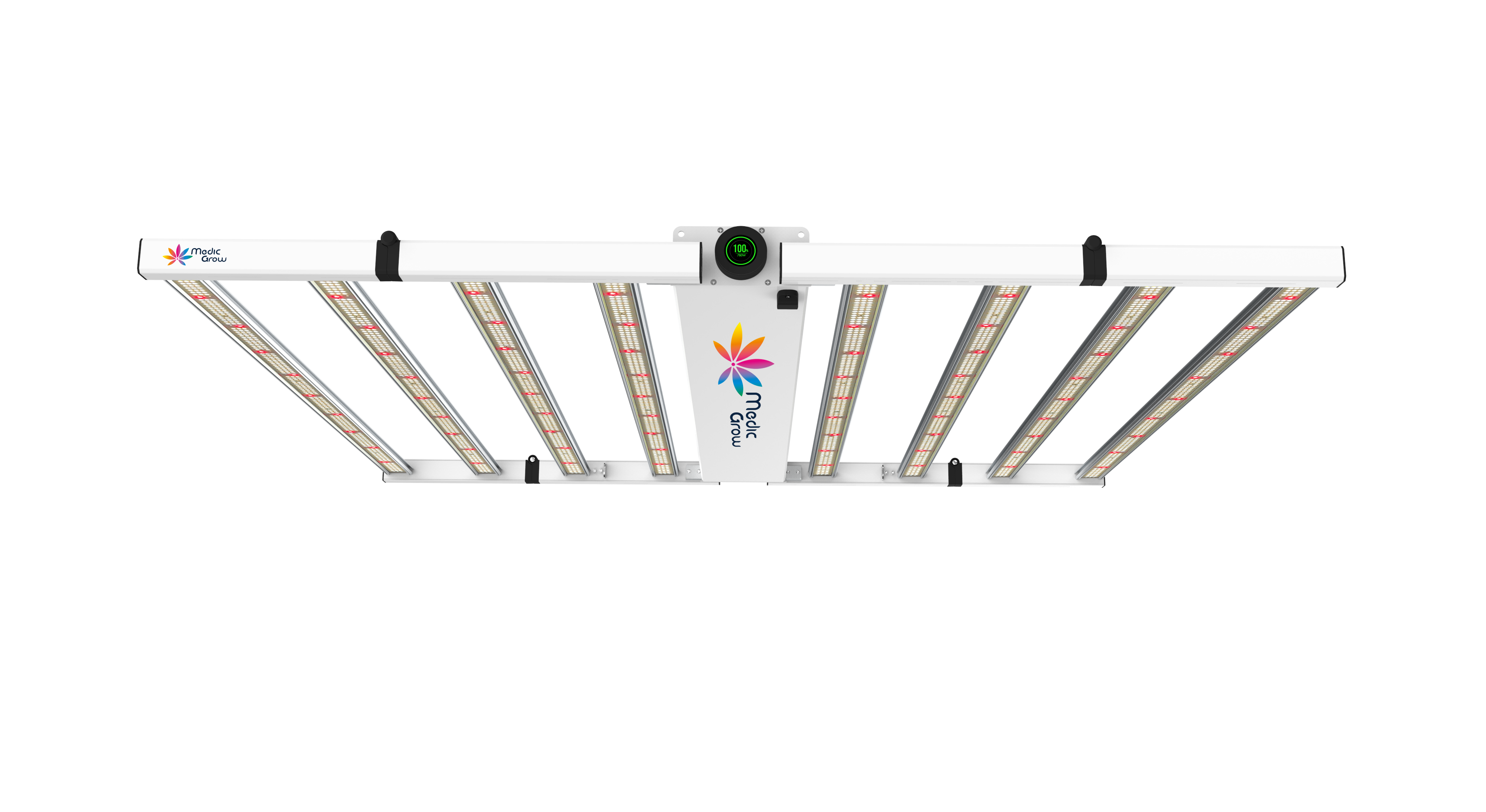
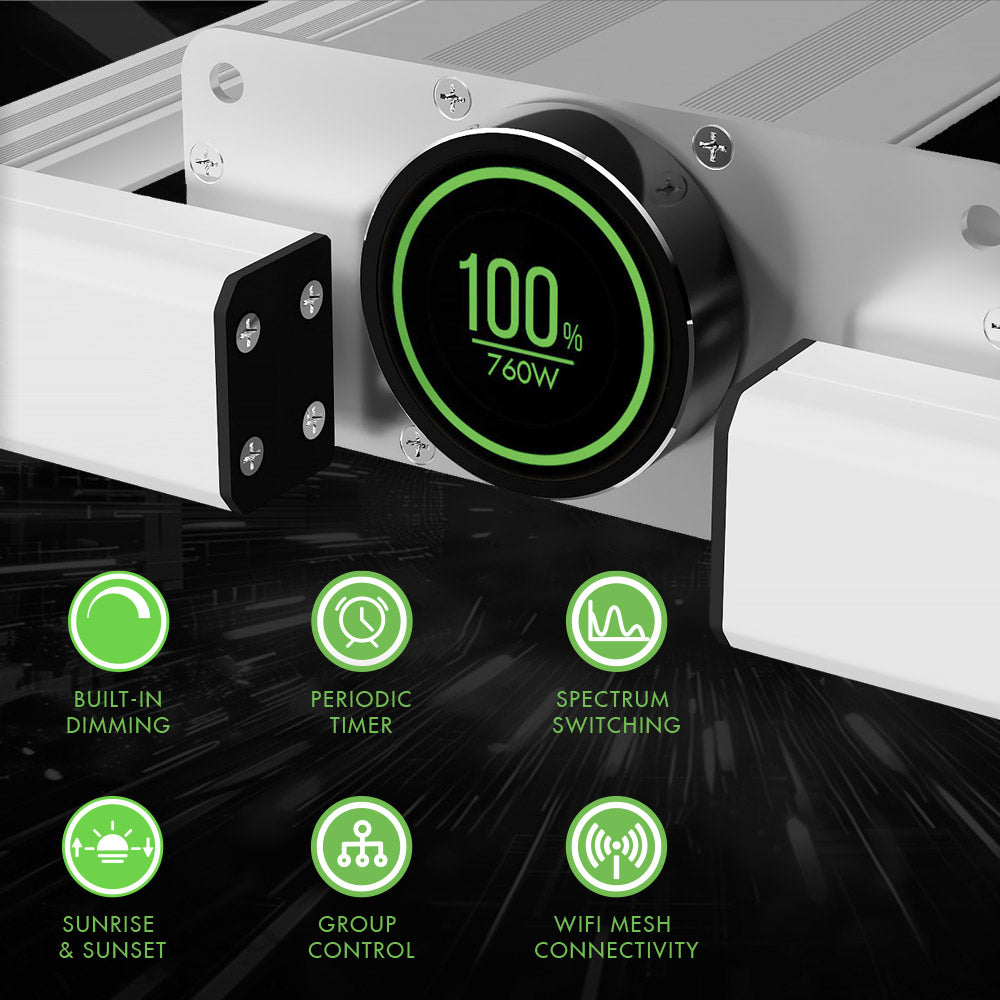
Đèn trồng cây LED quang phổ thông minh có thể điều chỉnh Medic Grow Neo-780/1000 780/1000w cho rau và hoa


Đèn trồng cây LED Medic Grow Smart-8 Full Spectrum có thể điều chỉnh độ sáng 760W có hẹn giờ - Đèn năng suất cao cho lều 5x5


Đèn trồng cây LED Medic Grow Venus Full Spectrum 200W tiết kiệm chi phí cho người mới bắt đầu và người trồng thực vật: 2X4FT


Đèn trồng cây LED quang phổ đầy đủ Medic Grow Fold-6 660W tiết kiệm chi phí - Đèn trong nhà 4x4 năng suất cao
Bài đăng trên blog

Medic LED Grow Lights: Leading the way in horticultural lighting standards

🌱 LED Grow Lights: A Hardware Engineer’s Buying Guide

- led grow light
💡 Top + Bottom Grow Lights: The Future of Precision Cultivation

- hang grow light
🌿 What is PAR & ePAR Light? Understanding the Language of Plant Lighting
Hãy liên hệ với chúng tôi nếu bạn có bất kỳ ý tưởng nào!
- Chọn một lựa chọn dẫn đến làm mới toàn bộ trang.
!










